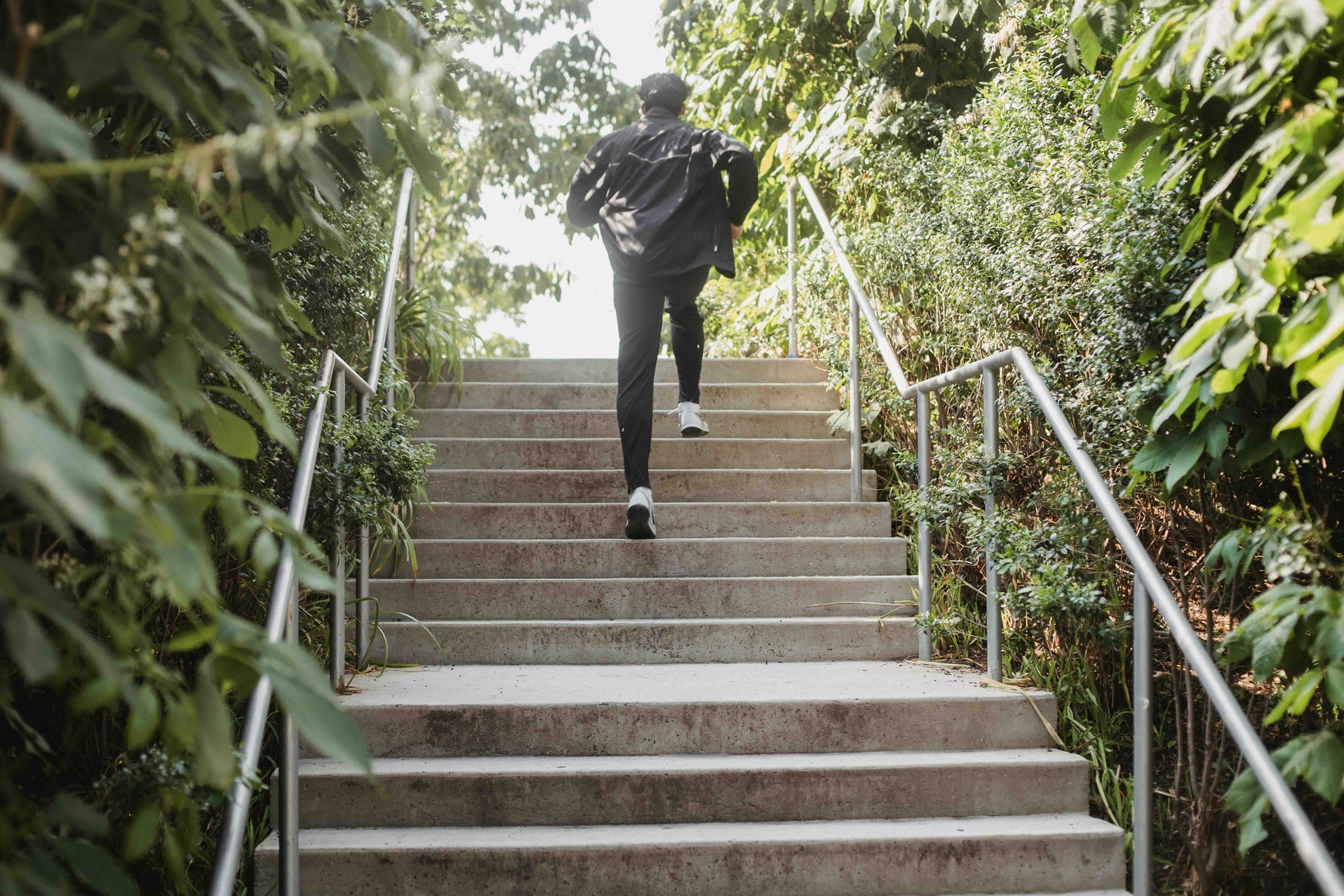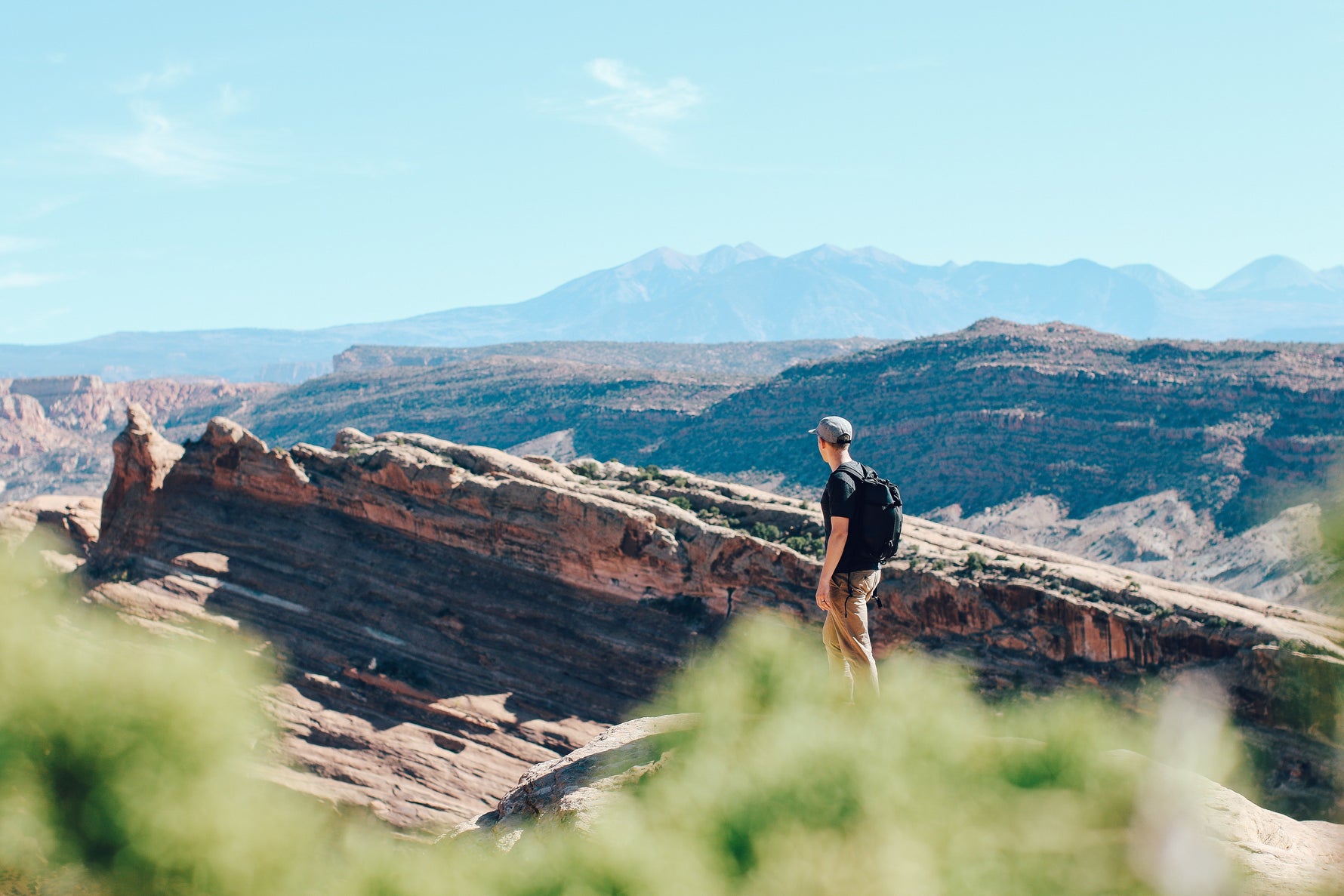Live Well Blog

Start Before You’re Ready: How Small Moves Build Big Results
on Oct 17 2025
You don’t need the perfect moment, the ideal playlist, or even full clarity to begin. Sometimes imperfect action—just one run, one lift, one stretch—can reset your trajectory and open doors you didn’t even see.
Why Small Moves Matter
Research shows that even short bursts of movement can make a real difference. In one study, just 12 minutes of vigorous exercise improved key markers in the blood linked to energy, metabolism, and long-term health — including better control of inflammation and blood sugar. Harvard Gazette
Harvard Health reports that doing multiple short bouts of vigorous activity—just a few minutes here and there—can lower risk of heart disease, cancer, and early mortality. Harvard Health
These findings underscore a powerful lesson: some movement is always better than none.
How to Turn Small Into Momentum
1. Pick your “first act”
Choose something so doable you can’t say no: five push-ups, a one-minute plank, a loop around the block. That little win builds neural pathways toward action, not perfection.
2. Layer movement into real life
Find subtle ways to move more during the day. Take the long route to refill your water, stand and stretch your shoulders between tasks, walk a few extra blocks to grab lunch, or use stairs instead of the elevator. These micro-moves add up more than you think.
3. Build up gradually
Don’t rush. Ramp slowly: add a minute, then two. Increase load only when your body and confidence are ready. This approach helps reduce injury risk and burnout.
4. Celebrate the consistency, not the intensity
Track the days you moved—not how hard you went. Over time, that streak tells a story of momentum.
The WoBe Spirit: Action Builds Pathways
When I launched WoBe, it wasn’t perfect. I didn’t wait for clarity, full confidence, or a “green light.” I moved, as hard as those first few moves were. That motion generated momentum, shaped decisions, and opened possibilities. Fitness is the same: it’s not about a perfect session—it’s about showing up when you don’t feel like it, trusting that that one step builds the next.

Hybrid Training: The Fitness Shift Made for Movement
on Oct 02 2025
Hybrid training is the fitness shift built for life outdoors. By blending strength and endurance, athletes are building bodies that are durable, versatile, and ready for anything—from steep trail climbs to long coastal rides. In this post, we explore why hybrid training is rising, how it supports an active outdoor lifestyle, and simple ways to bring it into your week.

Train Like the Terrain Matters
on Sep 16 2025
The trail asks for more than cardio. It asks for stability, control, and strength—especially when the ground tilts, shifts, and climbs. Running hills or hiking switchbacks demands more than endurance; it requires a body that can balance, adapt, and stay powerful over uneven terrain.
The best part? You don’t need a gym or heavy gear to train for it. With a little space and your own bodyweight, you can build the stability and strength the trail demands. Try these three circuits anywhere—at the park, in your backyard, or even at a trailhead before you set out.
Circuit 1: Core + Balance
Strong trails start with a strong center. These moves train balance and stability so your body responds instead of rolling an ankle.
Plank hold – 1 min
Side plank (each side) – 30 sec
Bird-dog – 12 reps
Single-leg toe touch – 10 each side
Tip: Slow and controlled beats fast and sloppy here. Think stability, not speed.
Circuit 2: Power + Legs
This circuit fires up the muscles you use most on climbs and descents.
Bodyweight squats – 15 reps
Walking lunges – 20 steps
Calf raises – 20 reps
Step-ups – 10 each leg
Tip: Find a park bench, curb, or rock for step-ups. Trails are unpredictable—your legs should be ready for anything.
Circuit 3: Endurance Burn
Finish with moves that test grit and mimic the high-output bursts of trail running.
Mountain climbers – 30 sec
Jump squats – 12 reps
Wall sit – 1 min
Push-ups – 10–15 reps
Tip: Push-ups may not feel “trail specific,” but upper-body endurance helps you drive arms uphill and stay strong through fatigue.
How to Train
Do 2 rounds of each circuit.
Rest 30 seconds between moves and 1–2 minutes between circuits.
Progress by adding rounds or extending holds as strength builds.
Built for Movement, Made for Trails
You don’t need fancy equipment to train outdoors—you just need consistency and a willingness to move with intention. The payoff is big: more confidence on uneven ground, stronger climbs, and fewer stumbles when fatigue sets in.
At WoBe, we believe the best training makes the outdoors feel more effortless. Train like the terrain matters. Because it does.